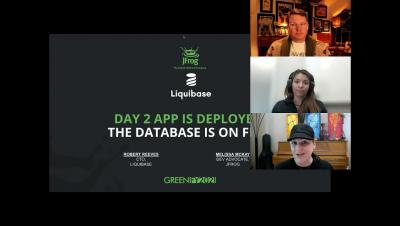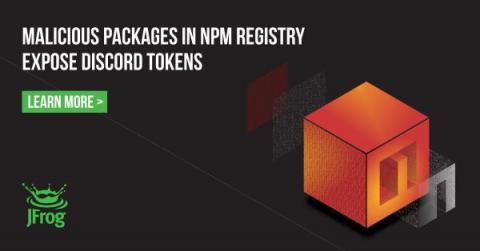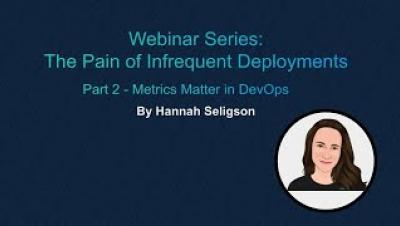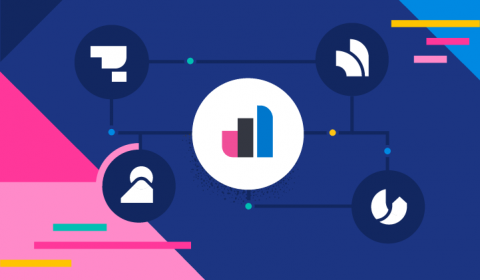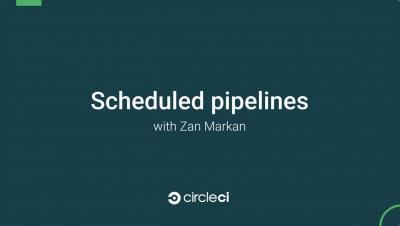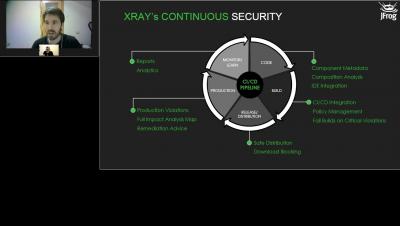Operations | Monitoring | ITSM | DevOps | Cloud
CI CD
The latest News and Information on Continuous Integration and Development, and related technologies.
Malicious npm Packages Are After Your Discord Tokens - 17 New Packages Disclosed
The Pain of Infrequent Deployments Webinar (Part 2 of 3)
Elastic Observability 7.16: Ad hoc analytics and CI/CD pipeline visibility
Elastic Observability 7.16 introduces curated data exploration views for ad hoc analysis and further extends visibility into complex and distributed systems with the general availability (GA) of dozens of prebuilt Elastic Agent data integrations, observability tooling for continuous integration and continuous delivery (CI/CD) pipelines, and a new native data source integration with Amazon Web Services (AWS) FireLens. These new features allow customers to.
Using Codefresh with GKE Autopilot for native Kubernetes pipelines and GitOps deployment
Several companies nowadays offer a cloud-native solution that manages Kubernetes applications and services. While these solutions seem easy at first glance, in reality, they still require manual maintenance. As an example, an important decision for any Kubernetes cluster is the number of nodes and the autoscaling rules you define.
CircleCI Scheduled Pipelines | Getting Started
Deploying a Gatsby site to Netlify using CircleCI
Gatsby is a static website and application generator that makes building powerful React-based frontend applications easy and effective. With over fifty thousand stars on GitHub (51.5k as at the time of this writing), Gatsby stands as one of the most widely used React frameworks. Gatsby is so popular that most hosting platforms offer custom support for the framework. Netlify is one of those platforms.
Unit testing vs integration testing
Software is one of the most complex tools invented for practical use. One misplaced character can break an entire application. So, careful testing is an essential requirement before publishing any code. In this article, you will learn about two fundamental types of software testing, unit testing and integration testing, and how your team can implement them in your CI/CD pipelines to validate your code quickly and deliver new features to your users with confidence.
Preparing your team for continuous deployment
A key goal for any DevOps team is to shorten the software development cycle and provide continuous delivery of high-quality software. Instead of continuing to the next logical goal, continuous deployment, most companies stop here. Developed code reaches the testing phase automatically, then, successful testing triggers a manual acceptance step. Only then is the application deployed into production.


